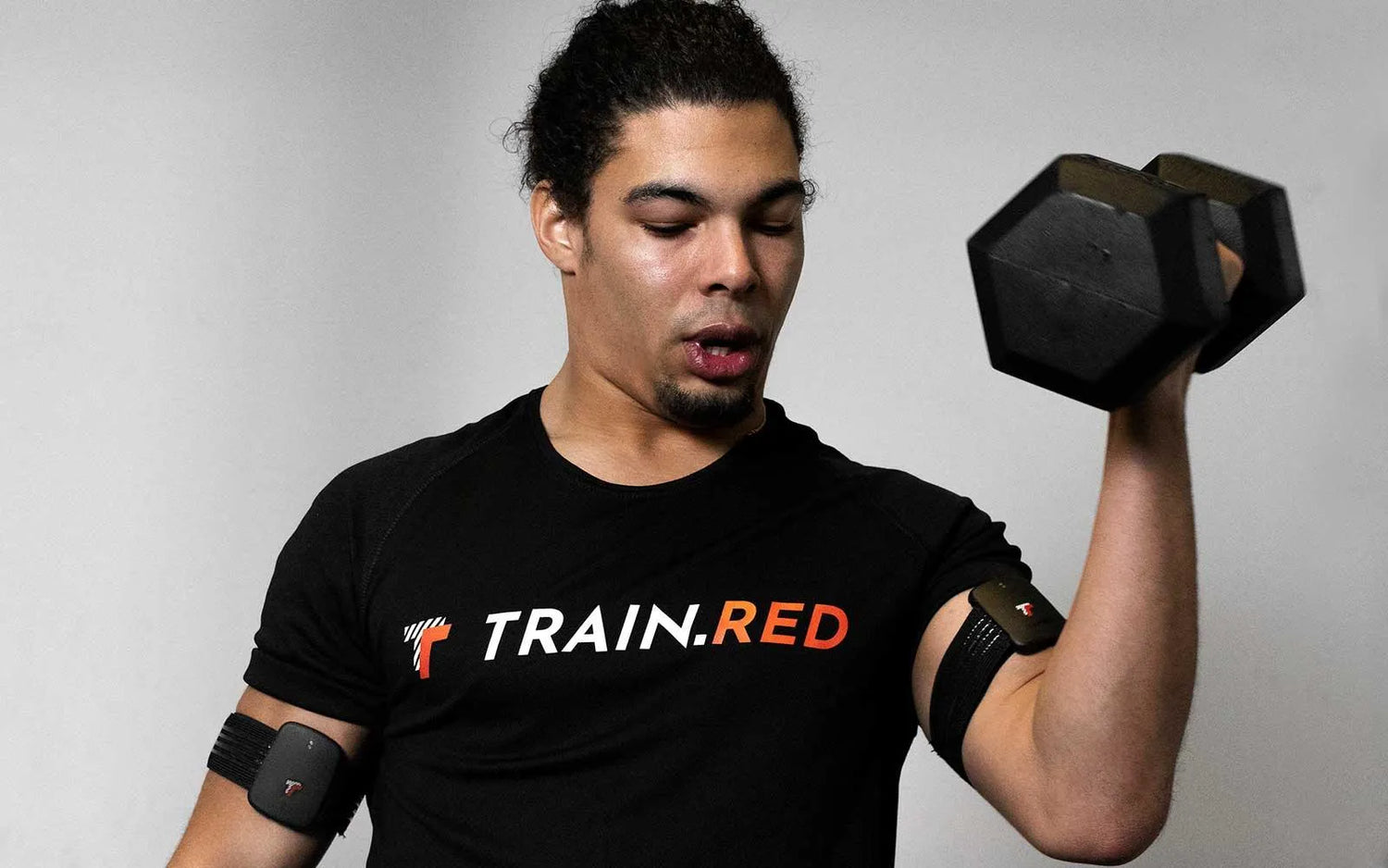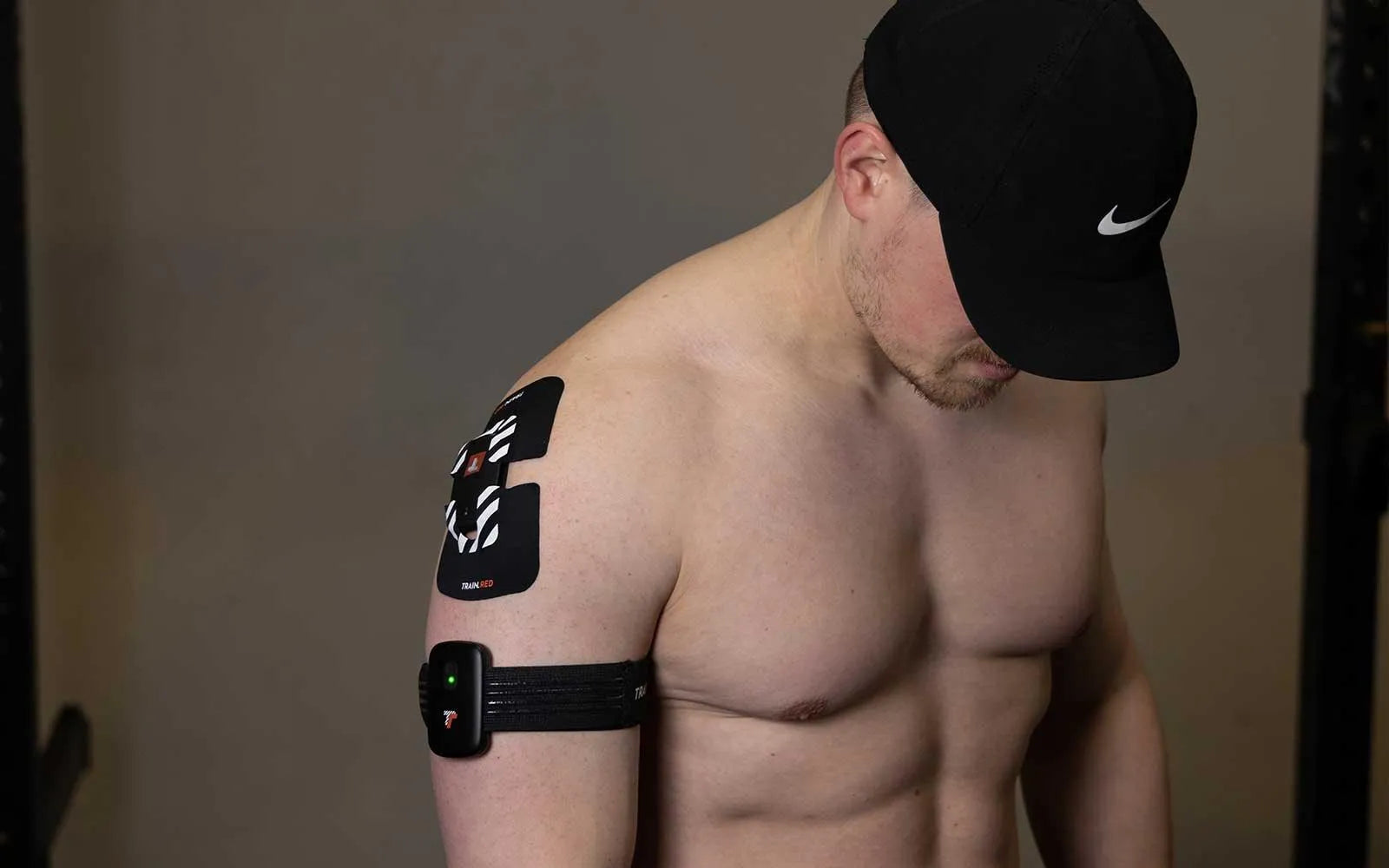Muscle oxygen sensors have increased in popularity among athletes and fitness enthusiasts in recent years. These non-invasive wearable devices assess oxygen saturation in muscles, offering critical information into an athlete's performance and recovery. This article will go through the advantages of muscle oxygen sensors for sports, including how they work, the data they offer, and how they may be used to improve endurance and performance.
Understanding Muscle Oxygen Sensors (Introduction)
Muscle oxygen sensors are tiny devices that monitor the level of oxygen saturation in the muscles. The concentration of oxygenated and deoxygenated hemoglobin in muscle tissue is commonly measured using near-infrared spectroscopy (NIRS) devices. These sensors provide valuable data by detecting the saturation of oxygen in the muscle, which can assist athletes maximize their performance and recovery.
How Muscle Oxygen Sensors Work

The Advantages of Muscle Oxygen Sensors in Sports.
Performance Evaluation
One of the key advantages of sports muscle oxygen sensors is that they provide vital data on an athlete's performance. Athletes can receive insight into how their bodies are doing and how they can enhance their performance by monitoring the saturation of oxygen in the muscles during exercise.
Improving Endurance
Muscle oxygen sensors can also be used to improve endurance. By monitoring the oxygen saturation levels in the muscles during exercise, athletes can determine when their muscles are becoming fatigued and adjust their training accordingly. This can help athletes train more efficiently and effectively, leading to greater gains in endurance and overall performance.
Avoiding Injury
Muscle oxygen sensors can potentially be utilized to aid in injury prevention. Athletes can tell whether their muscles are exhausted and at risk of injury by monitoring the oxygen saturation levels in their muscles. This enables them to modify their training in order to avoid injury and retain optimal performance.
Personalized Training
Muscle oxygen sensors can also be used to create personalized training plans. By analyzing the data provided by the sensors, athletes and coaches can identify areas of weakness and develop training plans that are tailored to their specific needs. This can lead to more efficient training and greater gains in performance.
Monitoring the Recovery Process
Finally, muscle oxygen sensors can be employed to track recovery progress. Athletes can evaluate how quickly their muscles recover by measuring the oxygen saturation levels in their muscles after exercise and adjusting their training accordingly. This can aid in the prevention of overtraining and injury, resulting in more consistent performance over time.
If you want to learn more about training with muscle oxygen sensors, go the page below.
Conclusion: Harnessing the Power of Muscle Oxygen Sensors
In conclusion, muscle oxygen sensors are a valuable tool for athletes and fitness enthusiasts aiming to improve their performance and recovery. These sensors provide valuable data by monitoring the saturation of oxygen in the muscles, which can be utilized to enhance endurance, prevent injury, and build tailored training routines. Athletes can obtain a competitive advantage and attain their fitness goals by using muscle oxygen monitors. Depending on your needs and knowledge, you can decide between the Train.Red FYER or Train.Red PLUS.

Frequently Asked Questions
Q: Are muscle oxygen sensors easy to use?
A: Yes, muscle oxygen sensors are easy to use and typically come with instructions for proper use. Check out our Train.How page to see how they can be used.
Q: Are muscle oxygen sensors expensive?
A: While some muscle oxygen sensors can be expensive, there are also more affordable options available. Our FYER sensor starts at 600EUR while if you’re looking for a next-gen device you can look at the Train.Red PLUS, starting at 1400EUR.
Q: Can muscle oxygen sensors be used for all types of sports?
A: Yes, muscle oxygen sensors can be used for a wide range of sports and activities.
Q: How often should muscle oxygen sensors be used?
A: The frequency of using muscle oxygen sensors can vary depending on the athlete's goals and training regimen. However, it's recommended to use them regularly during training to track progress and make adjustments to the training plan.
Q: Can muscle oxygen sensors help prevent overtraining?
A: Yes, muscle oxygen sensors can help prevent overtraining by monitoring the recovery of the muscles after exercise. If the oxygen saturation levels in the muscles are not returning to normal levels, it may be an indication of overtraining, and the athlete can adjust their training accordingly.



